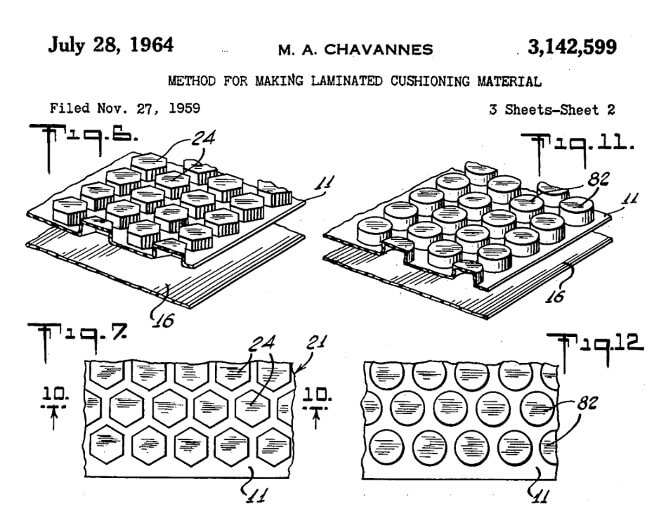Assignment & motivation
Technology scouting is a Sub-area of innovation management. The focus is on...
- the Identification of innovative or disruptive technologies
- the identification new areas of application *
- analysing and evaluating the potential
*
Innovations can also arise when familiar technologies are be used in other areas. Therefore is Technology scouting is increasingly characterised by cross-industry thinking. This Transfer of technologies is not new. Bubble wrap, for example, was originally intended for use as wallpaper.

Technology scouting has developed into an independent field of activity in recent decades. Various factors have contributed to this, such as globalisation, increasing technological diversification, but also a decreasing willingness to take risks and research activity.
Successful technology scouting projects result in technology transfers, co-operations or so-called "M&As" (mergers & acquisitions). The factors that lead to successful integration are controversial and the subject of numerous studies.
Procedure
The focus of technology scouting is, on the one hand, the procurement of information and, on the other, the evaluation and processing of the same. Technology scouting contracts can be awarded internally or externally. Software is often used for support. The Approach of technology scouts can differ depending on the requirements.
Specifically, the scouting process comprises the following phases:
1. preparation & target definition
In a first step, the information provided is analysed. If necessary, the state of the art is determined. Subsequently, a target can be defined, and the scope of the scouting project.
2. research, analysis & evaluation
The previously defined requirements have a major influence on the research strategy and scope. In the subsequent analysis and evaluation, future scenarios are often taken into account in addition to the opportunities and risks.
3. address & term sheet
If an approach is desired, this is usually made by telephone or via internal or social networks. If the other party expresses interest, so-called NDAs (non-disclosure agreements) are exchanged. Analysing further relevant information provides insight into whether future collaboration is worthwhile for both parties. Depending on the scope of the project, technical due diligence may also be necessary. Finally, a term sheet sets out the framework conditions prior to the development of a contract.
Who benefits
Recognising new trends at an early stage enables the company model to be revised or adapted in good time. This is particularly beneficial for companies under high pressure to innovate, such as Company with a large number of competitors.
Experience shows that there is a trend towards a decreasing willingness to take risks large companies. They are increasingly reluctant to invest in long-term development projects. New technologies and innovations that strengthen the company along its own core competences can be identified with the help of technology scouting. The price of such a purchase usually depends heavily on the maturity of the technology.
Young companies and start-ups often lack the financial strength to gain a foothold with their innovations. With the help of technology scouting, connections to well-known companies or business angels can be established. If the start-up convinces with a sustainable business model, the venture capital provided or the technology transfer enables further development.
Furthermore, technology scouting can promote cooperation between companies or organisations. Research facilities promote.






